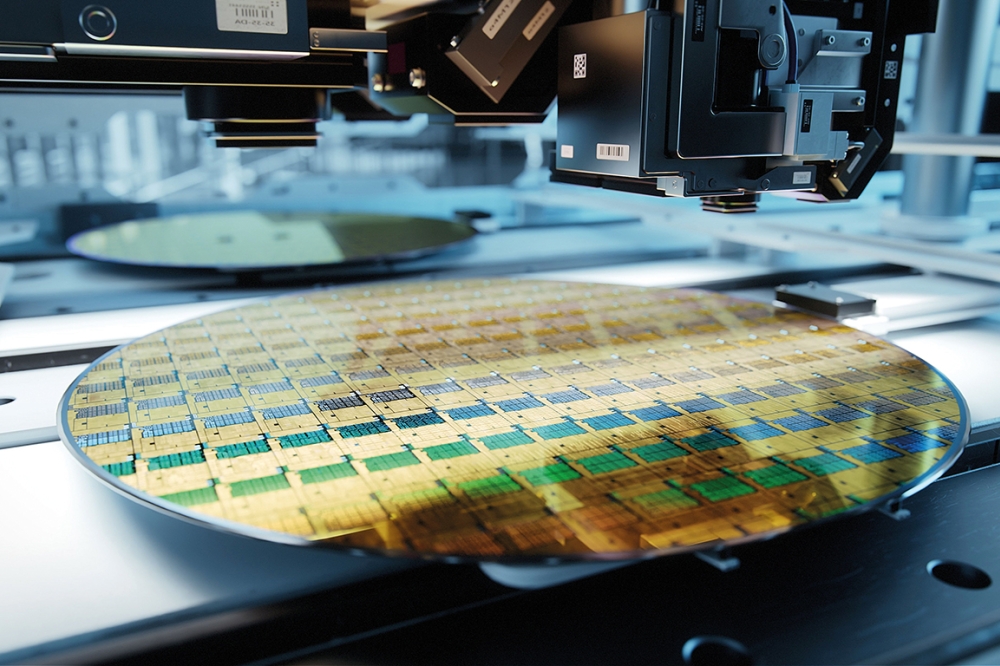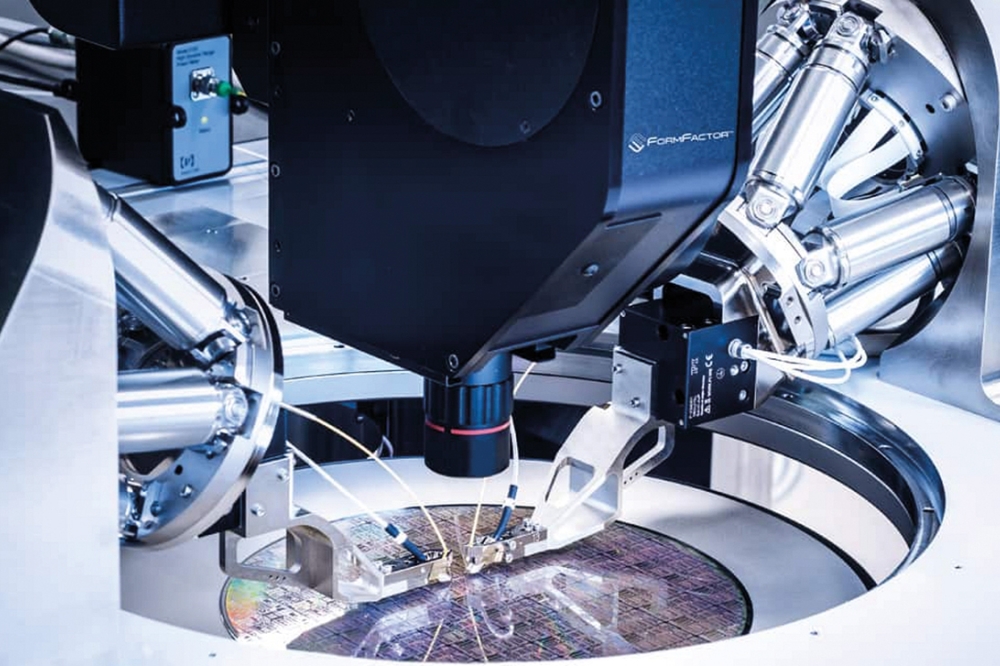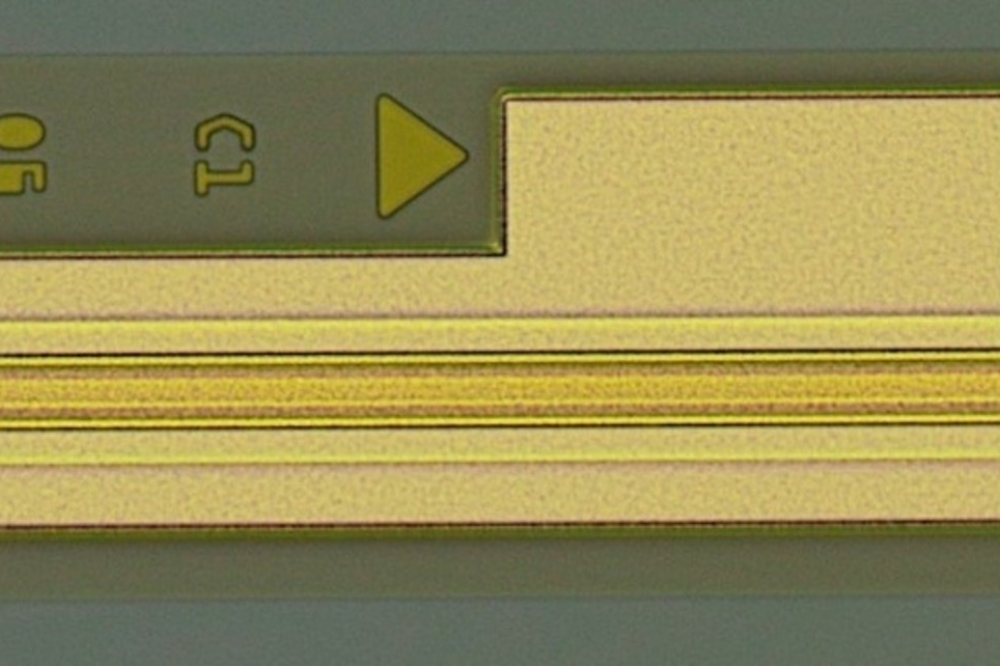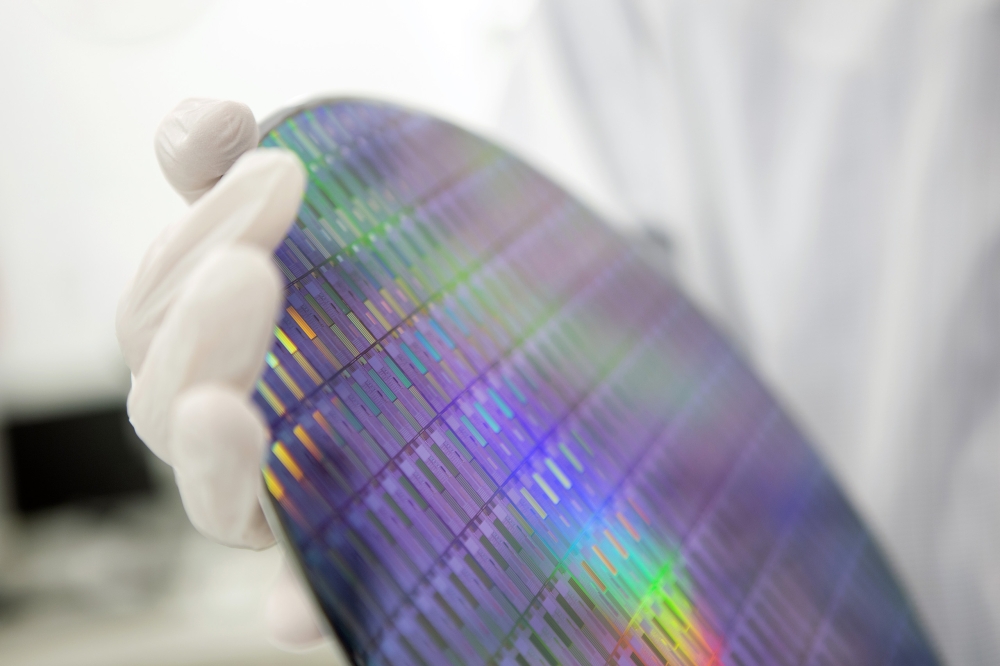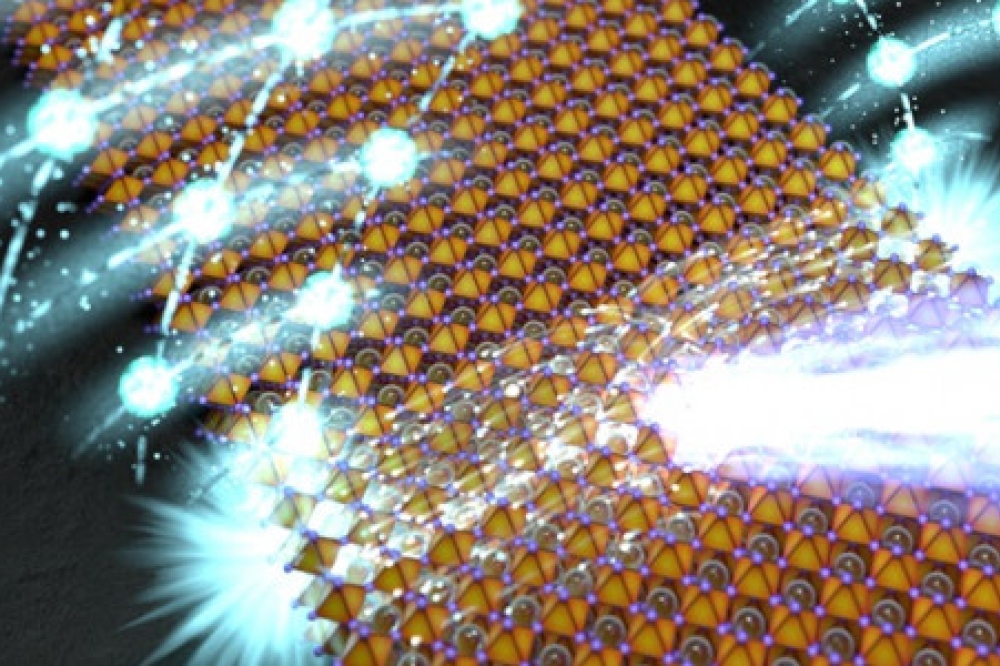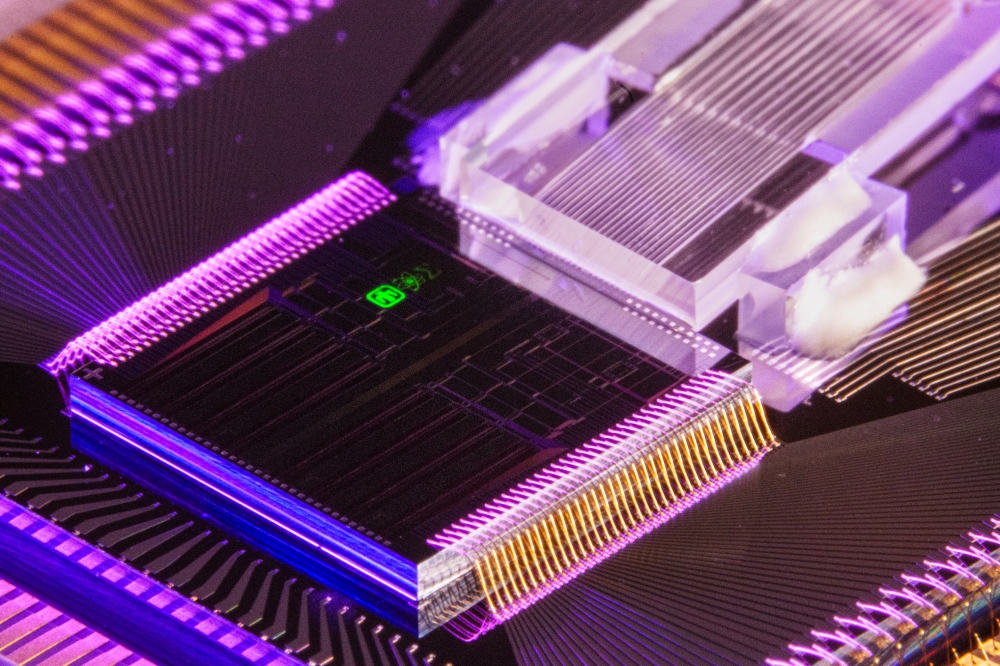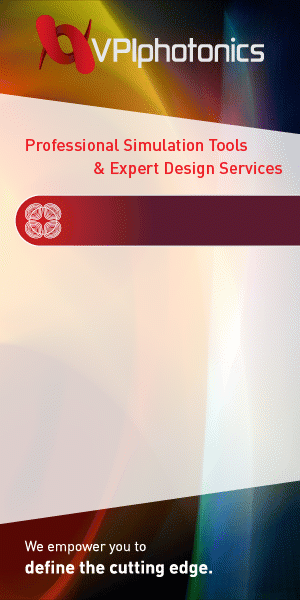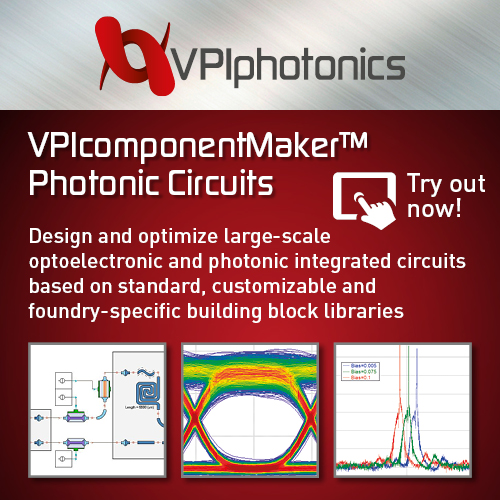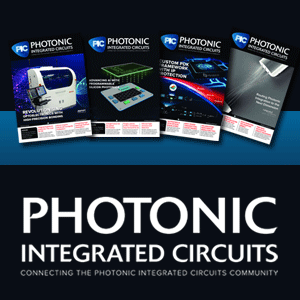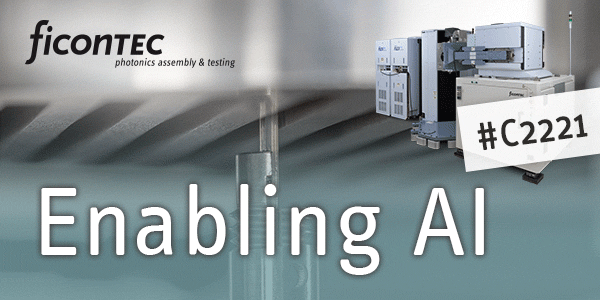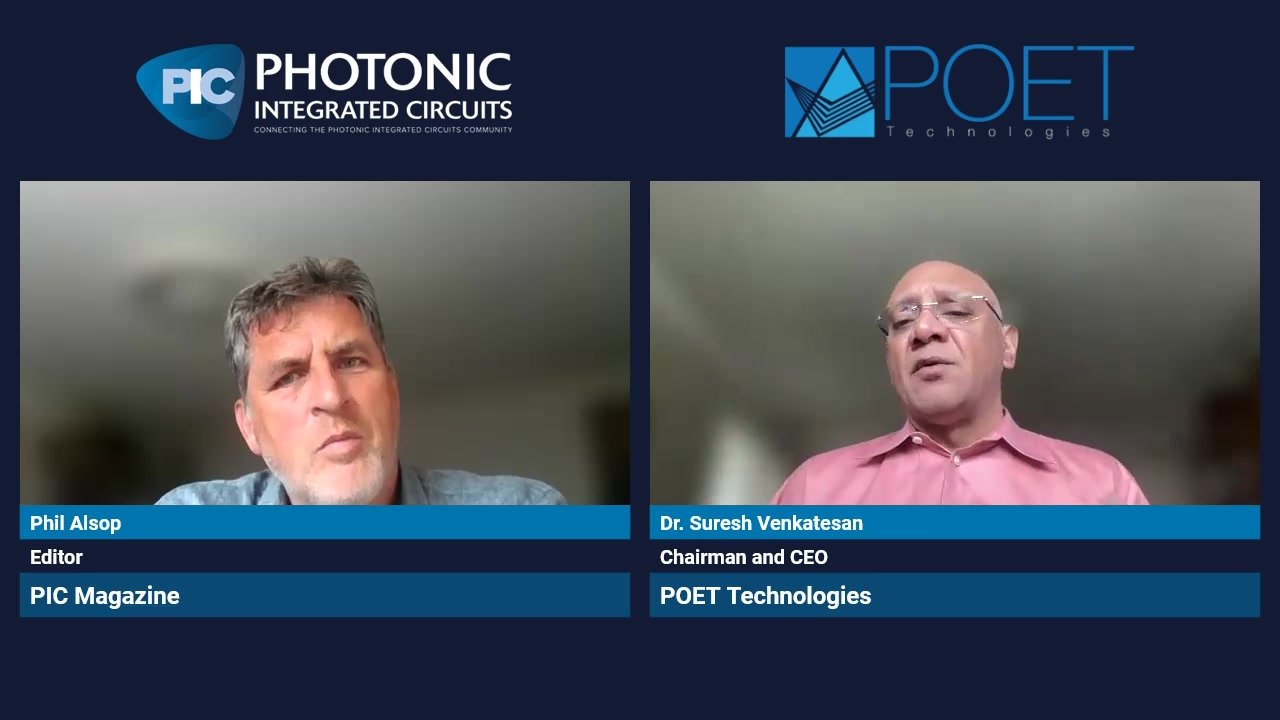News Article
PICO Consortium Launched to Focus on Photonics
The multi-university-industry consortium will focus on innovative basic research in the field of photonics including InP Photonic Integrated Circuit (PIC) technology.
A new research consortium led by UC Santa Barbara has been launched to develop photonic technology for communications and sensing applications.
The multi-university-industry consortium is one of four chosen for funding by the U.S. Defense Advanced Research Program Agency (DARPA) out of contenders from around the country. It will focus on innovative basic research in the field of photonics, in which light, rather than radio waves or electrical currents, is used to transmit information.
The consortium-Photonic Integration for Coherent Optics (PICO)-also includes researchers from the Massachusetts Institute of Technology, the California Institute of Technology, the University of Virginia, Lehigh University, and 17 industry partners including Infinera, JDSU, HP, Intel, Corning, Teledyne, and Rockwell-Collins.
Photonics promises to revolutionize computing and communications, since it enables much greater quantities of data to be transmitted over long distance networks and would improve the efficiency and density of shorter links in data centers or within computers.
UC Santa Barbara is a world leader in the effort to develop photonic integrated circuits (PICs). These devices, which pack a great many components onto a single tiny chip, are intended to be the basis of powerful new optical communications and computing systems.
PICO researchers will build on that effort by designing and fabricating a new generation of PICs that operate on both the amplitude and phase of lightwaves.
"These coherent PICs will provide a huge increase in the amount of information that can be transmitted from or received by a single chip as well as a tremendous reduction in the size, weight, and power required by the chips," says Larry Coldren, acting dean of engineering and Professor of Electrical and Computer Engineering and Materials at UC Santa Barbara. He will serve as director of PICO. UC Santa Barbara professors John Bowers and Mark Rodwell and research engineer Leif Johansson are also part of the center. DARPA is providing just over $2 million annually for PICO, and the university and industry partners will give about the same level of support.
PICO researchers intend to produce several generic coherent PICs with many potential applications. These chips could handle massive amounts of data-transmitting dozens of feature films in a second, Coldren says-and they could be the basis of detection systems sensitive enough to read the date on a dime from a mile away.
The chips to be developed at PICO will draw on both monolithic indium phosphide and silicon CMOS technology.














